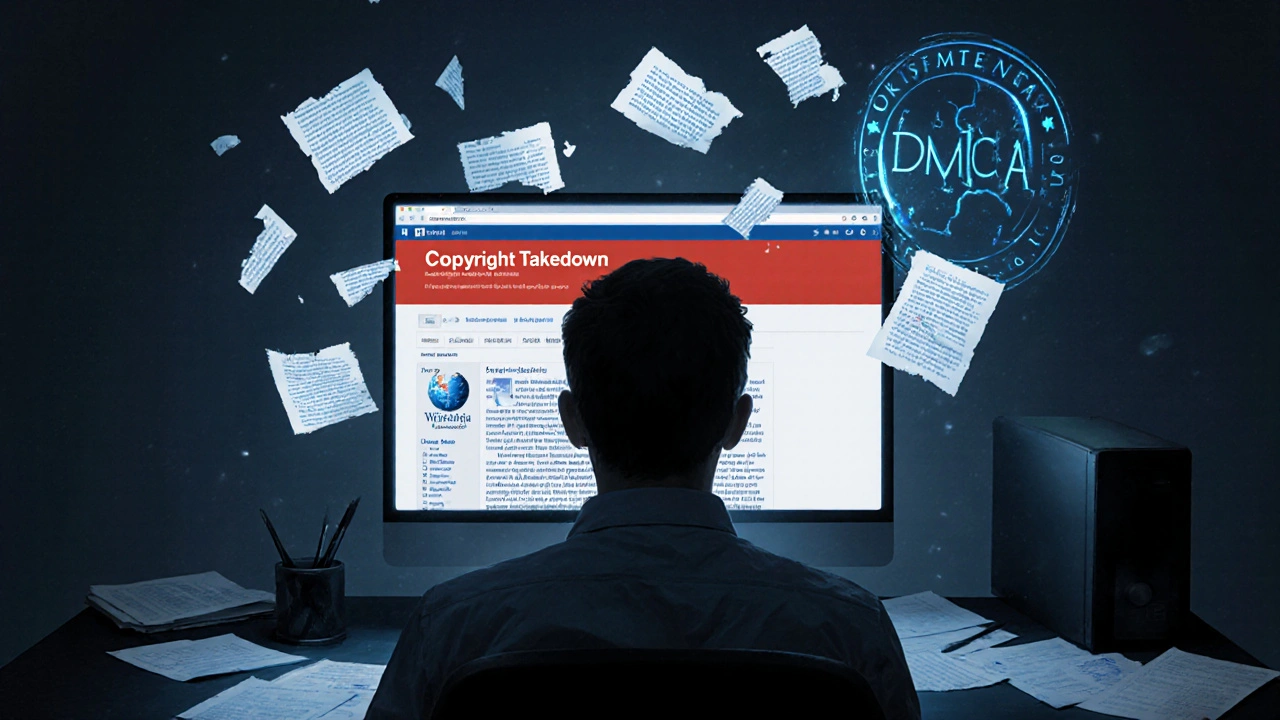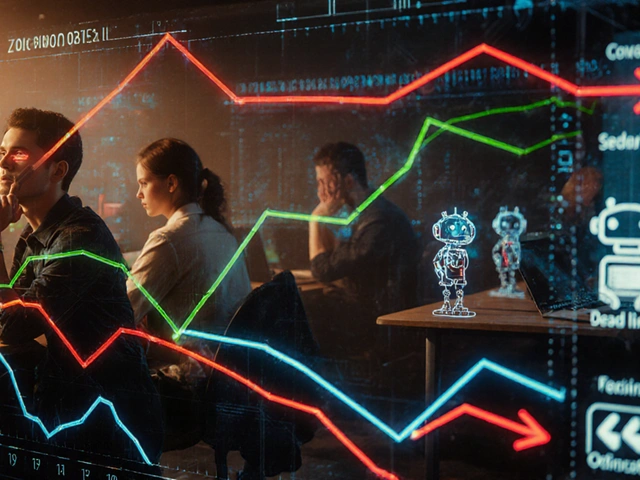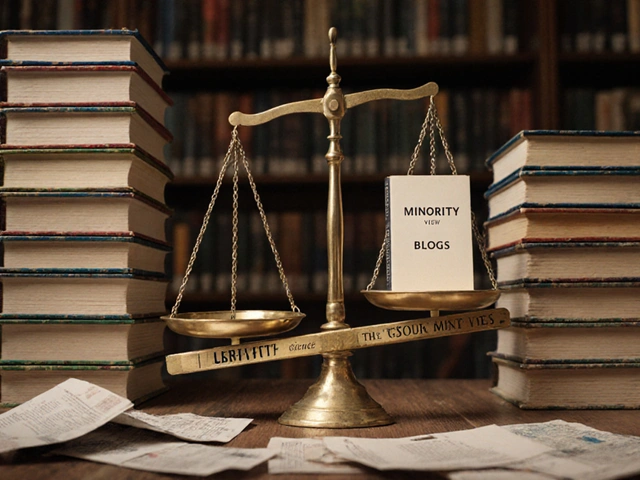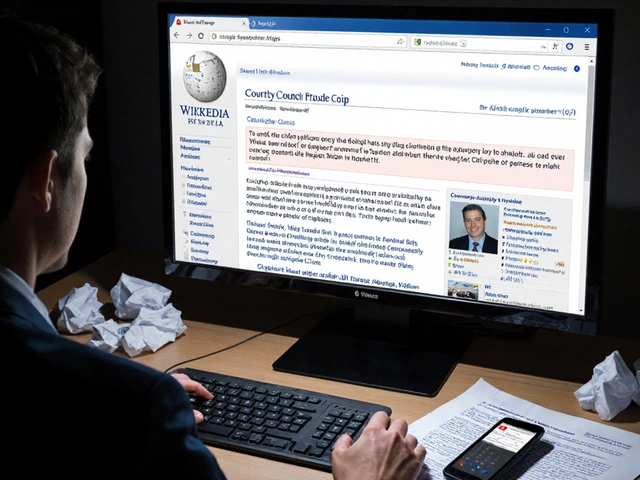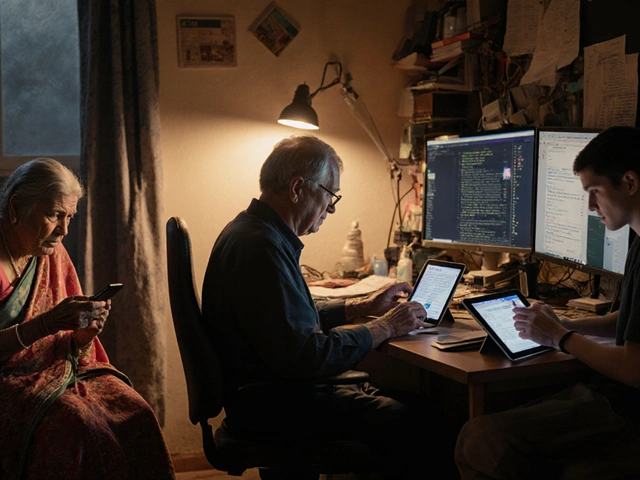Copyright Removal Requests on Wikipedia: What They Are and How They Work
When someone finds their original work—like a photo, article, or video—on Wikipedia without permission, they can file a copyright removal request, a formal process to have infringing content deleted from Wikipedia. Also known as DMCA takedown notices, these requests are taken seriously because Wikipedia relies on legally reusable content to stay open and free. This isn’t about censorship—it’s about respecting the law. Wikipedia doesn’t allow content that violates copyright, even if it’s useful or well-written. If a contributor uploads a text excerpt from a book, a photo from a news site, or a song lyric without clear permission, the page can be flagged for removal.
The CC BY-SA license, the legal framework that lets Wikipedia share its content globally. Also known as Creative Commons Attribution-ShareAlike, it is the backbone of everything on Wikipedia. It lets anyone reuse content as long as they credit the source and share changes under the same terms. But this only works if the original content was legally added. If a photo was stolen from a photographer’s website and uploaded to Wikipedia, the CC BY-SA license doesn’t protect it. That’s when a copyright removal request kicks in. The Wikimedia Foundation reviews these requests carefully, often working with legal teams to verify ownership and determine if removal is required. Most requests are valid and acted on quickly—sometimes within hours.
These requests aren’t rare. They happen every day across dozens of languages. A university professor might find their unpublished research copied into an article. A musician could discover their lyrics used in a biography. A small business owner might see their product photos used without consent in a Wikipedia entry. Each case is different, but the process is the same: provide proof of ownership, point to the exact content, and wait for a response. Wikipedia doesn’t guess—it requires documentation. And once content is removed, it’s gone from all versions of the page, including archives.
What you won’t find in these requests is a fight over facts. If someone disagrees with how something is written, that’s a content dispute. Copyright removal is only about who owns the words or images. You can’t use copyright claims to silence criticism or remove unfavorable information. That’s abuse—and it gets flagged too.
Behind the scenes, volunteers and staff track these requests in a system built for transparency. You can see which pages were affected, why, and how they were resolved. It’s one of the few places online where legal rights and open knowledge actually work together. The goal isn’t to punish contributors—it’s to protect the integrity of the whole project. If Wikipedia can’t prove its content is legally shared, it loses the right to share it at all.
Below, you’ll find real examples and deep dives into how copyright, licensing, and content reuse interact on Wikipedia. From how the CC BY-SA license handles versioning to how AI systems accidentally scrape protected material, these stories show why copyright removal requests aren’t a glitch—they’re a necessary part of keeping the encyclopedia honest and lawful.
Copyright Takedown Requests on Wikipedia: Trends and Issues
Wikipedia removes thousands of copyright claims each year, often erasing valuable content. Learn how takedown requests work, who files them, and why knowledge is disappearing from the world’s largest encyclopedia.
